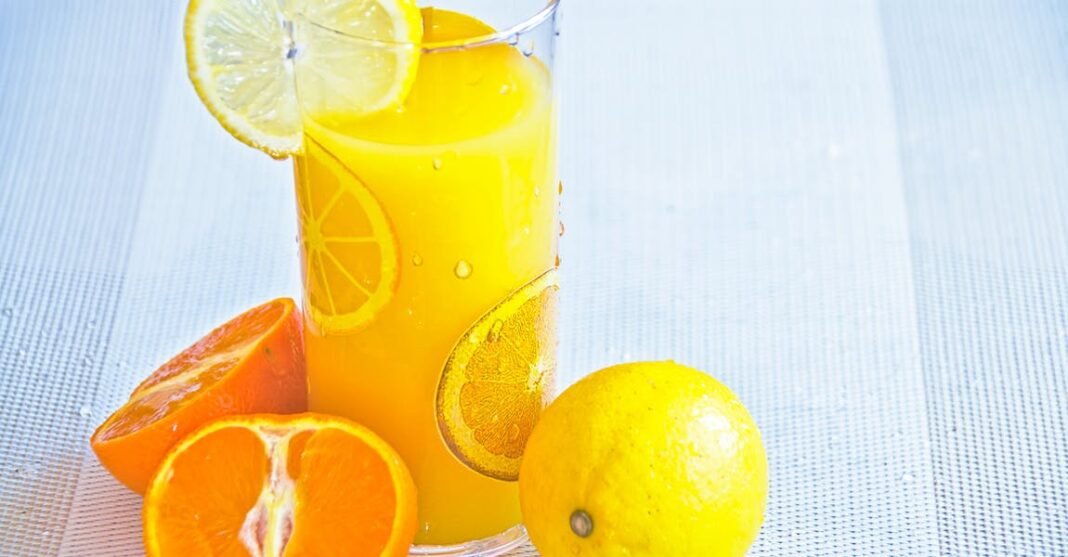When it comes to juicing, what are the best methods available? This may be a question that both you and others ask when it comes to this healthy hobby. Follow the advice that is provided in this article and you will be able to answer the question for others and put the information to good use with your own experiences.
If you want your juice to be a certain texture or thickness, know that the softer the fruit is, the thicker the juice will be. The meat of softer fruits breaks up easily to make a thick nectar. Make sure to add some harder fruits, such as apples and pears, for a thinner juice.
You should avoid chugging juice blends too quickly, no matter how delicious the recipe might be! Take time to savor your juice, and taste all the flavors. Allow the juice to sit in your mouth for a bit, starting the digestive processes.
The best time to fire up your juicer is a half hour before any meal. Drink the fresh juice on an empty stomach. Drinking juice on an empty stomach is helpful to absorb the most nutrients quickly and effectively. Fruit juices should be consumed in the mornings because digestive energy is the lowest in the mornings.
Start juicing! People begin juicing – adding freshly juiced fruits and vegetables to their diet – for a vast range of reasons. Some people juice to supplement their diet or detoxify their bodies. Some people are doing it for other health reasons. Juicing in and of itself will not cure ailments – yet you will benefit from juicing – with extra nutrients and more energy!
To lose weight quickly but healthfully, try juicing. Simply replace one to two meals per day with fresh green juice. There are countless recipes available online, but you can make your own by mixing a green leafy vegetable with one or two fruits. You will be getting more vitamins and minerals than the average American, but fewer calories.
When you are making your own juice, the best vegetables to use are organic vegetables. By using organic vegetables, you are maximizing the benefits of juicing. When non-organic vegetables are used, you are adding unhealthy pesticides and chemicals into an otherwise healthy drink, which depletes the benefits of creating your own juice.
Juicing is a great way to get delicious, fresh juice and also many important nutrients. If you need to store the juice you have made, be sure to store it in an airtight container that is opaque. It is important to be sure that there is no extra air in the container and that the juice is stored for no more than twenty four hours.
Why not try using some seeds in your juices? Shelled unsalted sunflower seeds, flax seeds, and pumpkin seeds are excellent options to try. You can even used cooked grains, but just remember to clean your juicer out well afterward as they may leave behind a lot of gunk.
Pour that lovely juice into ice-pop makers in the summer for a sweet, healthy, tasty treat the kids will enjoy! It won’t be as nutrient-rich as drinking it immediately after making it, but it’s a lot better than giving your children a commercially-produced ice-pop laden with sugar and preservatives.
In regards to juicing, it is important to consider the fact that it does remove the fiber intake that you would have gotten from eating the fruit outright. Be sure to obtain fiber in other ways if you had been relying on your fruits and vegetables as your main source.
When juicing for muscle building health benefits, go for all the dark leafy greens you can fit in! They contain all the nutrients and vitamins you lose when working out, and tossing in a scoop of protein powder (or any other supplement you pick up at the health store) will help you rebuild the muscle tissues you’ve damaged.
If you have a large batch of juice and need to store the juice for a while, adding drops of lemon juice is a good idea. They will act as a natural preservative and help the juice stay fresh. Also remember to keep the juice in a container that is air tight and refrigerated.
People who want to juice but who have acid reflux, problems with candida like thrush, diabetes, or intestinal issues should avoid putting too much fruit in their recipes. Green items like kale, parsley, chard, and broccoli will change the pH of the body to a more healthy level, lowering your pH and blood sugar.
Keep apples on hand when you are making vegetable juice. Vegetables are a little tricky because many fruits do not taste good when they are mixed with vegetables. Apples, however, are a great way to make vegetable juice taste a little sweeter. Save the other fruits for a different kind of drink.
A great juicing tip is to monitor the pulp to see how your juicer is doing. If you notice that the pulp is too wet, you’re probably feeding it in too fast. Ideally the pulp should remain soft. It’s better to feed produce in slowly and gently.
A great juicing tip is to listen to your body. Whenever you’re thinking about adding a new fruit or vegetable, you should start slow. You never know how your body is going to react, so you don’t want to overdo it. Listening to your body is key.
In conclusion, it is best to know the tried and true proven methods when it comes to juicing. While experimentation is recommended, there are some basic principals that it is good to at least start out with. The information in this article should clear up any misconceptions that you have had.


